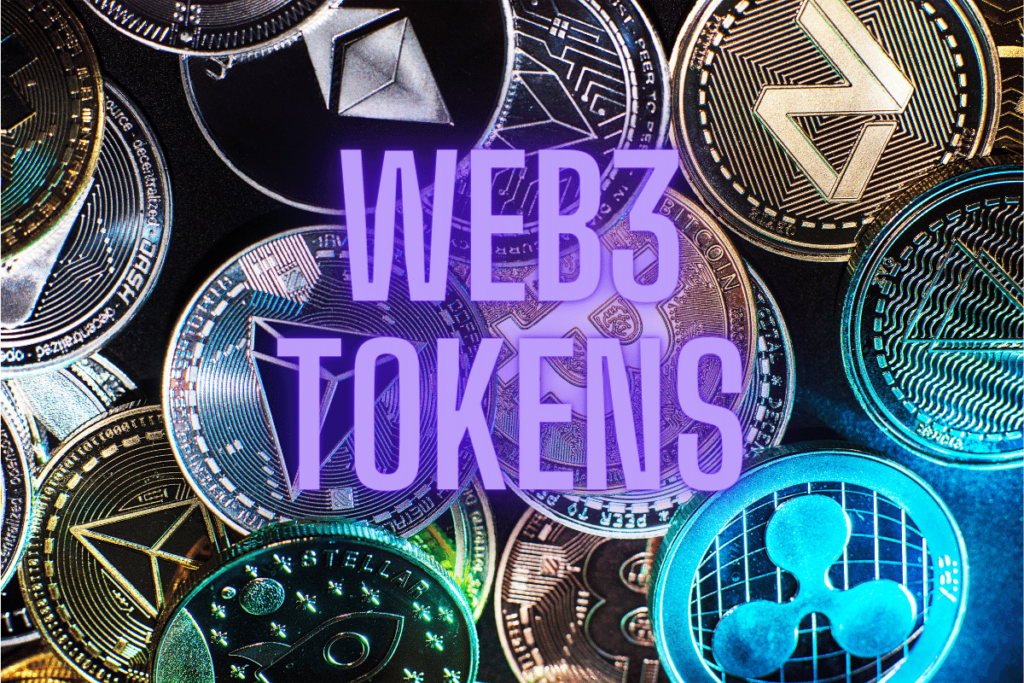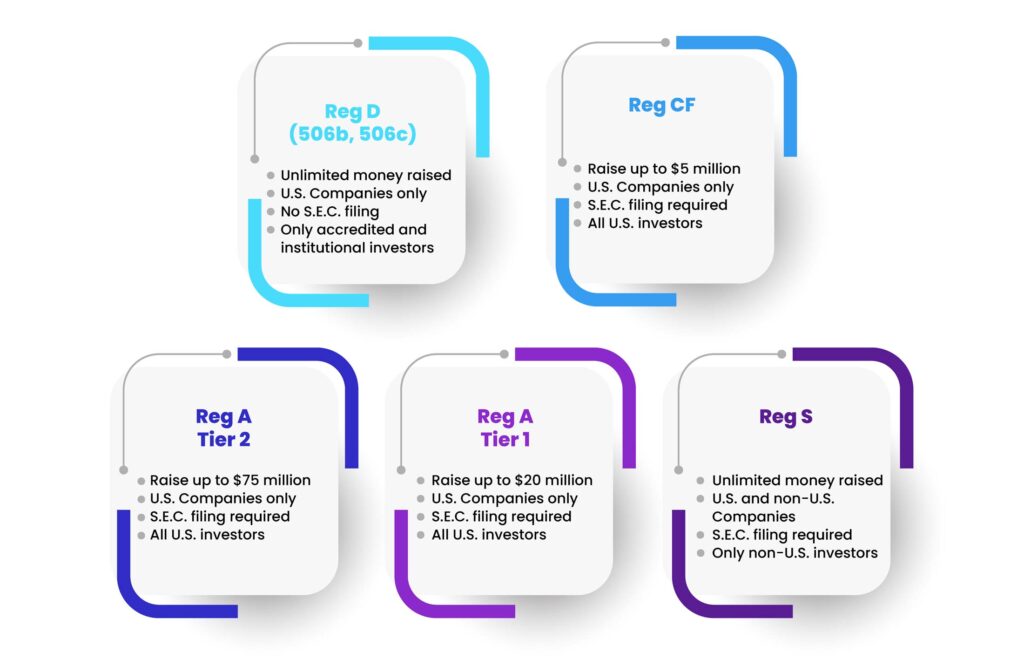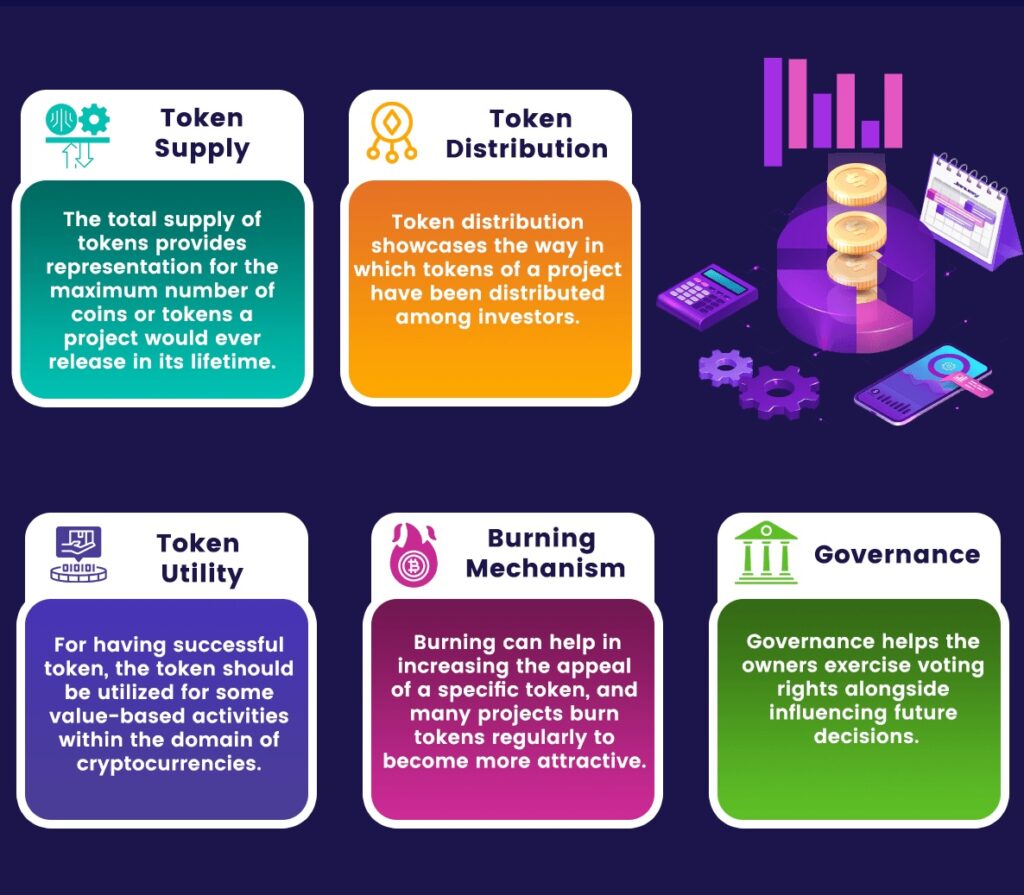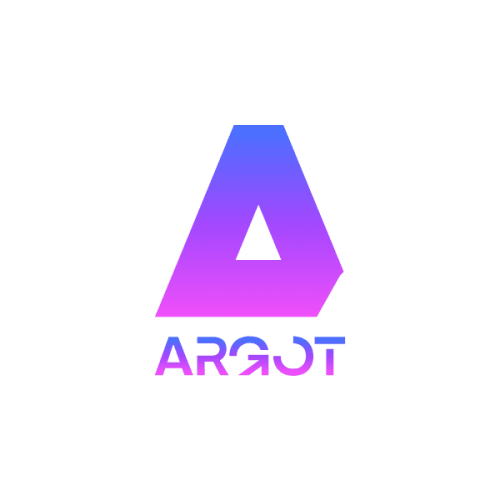
What are Tokens?
Tokens may represent one of the most fun and interesting aspects of web3 because of the wide variety of uses they have. So, what are tokens and how do tokens work in web3? At the most basic level, tokens are digital assets that can embody a variety of rights, properties, or units of value. Tokens operate on blockchain technology and offer a decentralized, secure, and versatile means of value exchange and representation in the digital world. To understand Web3, it’s crucial to understand the mechanics behind how these digital assets function within the Web3 ecosystem. Let’s find out!
The Different Types of Tokens
For those new to web3 you may be surprised that there is more to the tokens conversation than just cryptocurrencies. There are several types of tokens, each with their own particular function. Here we take a look at the four of the most popular web3 token types.
Cryptocurrency Tokens
In the rapidly evolving world of Web3, cryptocurrency tokens are more than just digital assets; they are the cornerstone of a new digital economy. These tokens represent an array of functionalities within the decentralized Web3 framework, ranging from governance and utility to asset ownership and access rights. Cryptocurrency tokens, or just cryptocurrency (or even just “crypto”), are digital assets designed to work as mediums of exchange. They are probably one of the two most widely known tokens, NFTs being the other. Cryptocurrency tokens serve as the digital equivalent of money, but with enhanced functionality. These tokens are used for transactions, investments, and as a store of value, operating independently of central banks and traditional financial systems.
Bitcoin, the first and maybe best known crypto, introduced the world to the possibility of a decentralized digital currency. Now having just passed its 15th anniversary, Bitcoin has proven to be a rather resilient mode of digital exchange and is beginning to find acceptance within the main global financial system. Bitcoin was followed by Ethereum, which extended the utility of blockchain with smart contracts, which allow developers to create decentralized applications (dApps) and issue entirely new types of tokens on its blockchain. Both of these cryptocurrencies continue to surpass expectations and critiques and serve as foundational pieces of the new digital economy.
Utility Tokens
Utility tokens are designed to provide access to a specific product or service within a blockchain ecosystem. They are not meant to be investments in the traditional sense, like Bitcoin, but rather they give holders a right to use a service or participate in a network. Utility tokens are often the lifeblood of decentralized applications (dApps) and platforms, facilitating transactions, rewarding participants, and incentivizing behavior that drives network growth. Understanding the differentiation and usage of utility tokens is essential for those venturing into Web3, as they support many of the innovative functionalities that define this new decentralized web. For instance, governance tokens empower users with voting rights within decentralized autonomous organizations (DAOs), allowing them a say in the direction and decisions of the platform they are invested in.
Security Tokens
Security tokens represent an investment contract into an underlying asset, such as stocks, bonds, or real estate. They bridge the gap between traditional finance and the blockchain world by tokenizing real world assets, making them more accessible, divisible, and easier to trade. By tokenizing physical or real-world assets, security tokens increase asset liquidity and the transparency and efficiency of their transactions. This is why security tokens should be seen as the next avenue for the future of investments. As tokens tied to real world financial assets, security tokens are regulated in a similar fashion to the assets they represent. Security tokens are offered via a Security Token Offering or STO. In the United States an STO can be placed in one of five regulatory categories seen below.

You may be wondering if there are examples of how security tokens can be used. Let me give you a few, real and imagined. Let’s say you are a real estate investment firm with an extensive property holding and you are seeking to bring in outside capital to the firm. By wrapping your property portfolio into a security token and listing it on an exchange you can give investors that meet your regulatory criteria the opportunity to buy a fraction of the portfolio, which they in turn can sell on an exchange providing for expanded liquidity options. There is a multi-trillion dollar universe of previously illiquid privately held assets that can now make their way to market. JP Morgan has been preparing itself for the STO market since 2019. Through its Onyx digital assets platform the bank has processed more than $700 billion in short-term loan transactions. By the end of the decade it is forecasted that another $16 trillion of real-world assets will be tokenized. With both the S.E.C. and Wall Street now on board, you can expect that security tokens will be one of the biggest financial growth areas of the near and foreseeable future.
Non-Fungible Tokens (NFTs)
NFTs, those darling little apes and cute crypto kitties, at least that is what comes to mind for many people when NFTs are mentioned, yet they are so much more! NFTs are unique digital assets that represent ownership or proof of authenticity of a one-of-a-kind item or piece of content on the blockchain. NFTs are of course unique and cannot be exchanged equivalently with another NFT the way crypto can. It is this uniqueness that partly gives those adorable cartoon characters that shaped web3 pop culture in 2019 and 2020 such value.

NFTs have helped to reshape the art world, allowing digital artists to sell their work directly to collectors with a verifiable ownership record on the blockchain. Occasionally, the digital art comes with the ownership rights to a physical version as well. NFTs can be programmed with smart contracts, providing them with the ability to trigger certain actions when specific conditions are met. For instance, artists can receive royalties automatically every time their NFT is resold. Beyond art, NFTs are also expanding into other types of collectibles, gaming, virtual real estate, and more.

One of the fun aspects of NFTs is that they can be programmed to come with rights beyond just the content they represent on their face. For example, owners of Bored Apes Yacht Club (BAYC) NFTs, those lucky few, get layers of different access along with ownership of their cartoon monkey. They have the right to use their NFT image for branding purposes, make books with them, or incorporate them into fashion design. Even more fun, in 2021 the BAYC community organized a private yacht party in New York, complete with famous basketball players, artists, musicians, and investors in attendance. It is that purpose that is often a primary motivator for ownership, the right to be a part of an exclusive community which can provide access to a whole other level of benefits.
How Tokens Work in Web3
Token Standards
Think of token standards as a set of rules or guidelines that all tokens on a specific blockchain need to follow to work smoothly within that ecosystem. These standards ensure that various applications, like wallets, exchanges, and games, can easily interact with any token created on the blockchain, much like how USB ports and chargers are standardized to work with any device. For example, the Ethereum blockchain has a popular standard known as ERC-20 for fungible tokens, which are interchangeable like traditional money. This standard dictates how these tokens are transferred, how transactions are approved, and how users can access data about a token, such as its balance and total supply. Another example is the ERC-721 standard, used for non-fungible tokens (NFTs), ensuring that each token is unique and not interchangeable. These standards are central to the interoperability and smooth functioning of tokens across different projects and platforms in the web3 space.
Creating and Issuing Tokens
Creating and issuing tokens has become a streamlined process thanks to the development of smart contracts and token standards. Entities can deploy smart contracts on a blockchain that define the properties, supply, and functionality of the token. This democratizes access to token issuance, enabling startups, artists, and communities to launch their own tokens for a wide range of purposes, from fundraising to representing ownership of digital or physical assets.
Buying, Selling, and Trading Tokens
Tokens are bought, sold, and traded on platforms known as exchanges, which operate similarly to traditional stock markets but for digital assets. There are two main types of exchanges in the web3 ecosystem: centralized exchanges (CEXs) and decentralized exchanges (DEXs). Centralized exchanges, like Binance or Coinbase, act as intermediaries managing the trades, offering ease of use, liquidity, and a wide range of tokens, but require users to trust the platform with their assets. On the other hand, decentralized exchanges, such as Uniswap or Sushiswap, allow users to trade directly from their own wallets without an intermediary, providing greater control over their assets and enhanced privacy. Trades on these platforms can be conducted using various pairs of cryptocurrencies or tokens, and prices are determined by supply and demand dynamics within the market. The process involves creating an order, matching with a seller or buyer, and executing the trade, after which the tokens are transferred between the participants’ wallets.
Tokenomics: The Economy of Tokens

Tokenomics refers to the study of how cryptocurrencies work within the broader ecosystem of a blockchain project. It encompasses all the policies, rules, and incentives designed to ensure the functionality and value of a token. The goal of tokenomics is to create a self-sustaining economy that supports both the stability and growth of the token and its underlying platform. A well-crafted tokenomics model addresses several key aspects:
- Supply Mechanics: This includes the total supply of tokens (fixed or infinite), the initial distribution (how tokens are allocated at launch), and the issuance rate (how new tokens are created or released over time). For example, Bitcoin has a fixed supply of 21 million coins, creating scarcity that contributes to its value. In contrast, some tokens might have an inflationary model to encourage spending and participation.
- Demand Drivers: These are features or utilities that encourage people to hold and use the token. It could be the ability to participate in governance decisions, access specific functionalities within a platform (like voting rights or paying for services), or earn rewards through staking or providing liquidity. Demand drivers are crucial for ensuring that tokens have a purpose beyond speculative trading.
- Distribution Methods: Token distribution is critical for ensuring wide and fair access to the tokens, especially at the outset. Methods include public sales (ICOs, IEOs, IDOs), airdrops to community members, or rewards distributed for participation in the network (such as mining, staking, or contributing content). The distribution strategy can affect the decentralization and security of the network.
- Security and Stability Measures: This includes mechanisms to protect the value of the token and the stability of the ecosystem, such as locking periods (to prevent early investors from dumping tokens all at once), or governance structures that allow token holders to vote on key decisions affecting the project’s future. These measures are designed to build trust and encourage long-term investment.
- Utility and Use Cases: The fundamental purpose of the token within the ecosystem. Tokens can represent a wide range of utilities, from a simple medium of exchange to more complex uses like representing digital ownership of assets (NFTs), or rights to participate in decentralized finance (DeFi) protocols. The utility should be clear and compelling to encourage adoption.
- Interoperability: The ability of the token to interact with other tokens and blockchains. Interoperability broadens the potential use cases and increases the utility of a token by allowing it to operate within a larger ecosystem of blockchain applications and services.
- Incentive Structures: These are designed to encourage desirable behaviors within the ecosystem, such as securing the network, participating in governance, or contributing to the community. Incentives can be financial, such as staking rewards, or reputational, contributing to the token’s growth and security.
By carefully analyzing a project’s tokenomics, stakeholders can assess its potential for success and sustainability, ensuring that the ecosystem remains vibrant and valuable for all participants.
Challenges Faced by Tokens
The Regulatory Environment
The regulatory environment poses a significant challenge for tokens, as governments and financial authorities around the world grapple with how to classify and regulate these digital assets. The lack of clear regulations can lead to uncertainty and hinder the adoption and development of token-based projects. It’s crucial for the industry to work with regulators to establish frameworks that protect consumers while fostering innovation.
Security Risks
Tokens, like all digital assets, are subject to security risks, including hacking, phishing attacks, and smart contract vulnerabilities. The decentralized nature of blockchain technology provides a level of security, but it also means that users must take personal responsibility for their assets. Ensuring the security of tokens requires constant vigilance, education, and the development of more robust security measures within the ecosystem.
Final Thoughts
Tokens are a fundamental building block in the ever-evolving landscape of Web3, acting as versatile instruments that empower a decentralized, user-driven Internet. As we have discussed, they can represent a plethora of value forms—be it digital currency, an asset, a utility, or even identity—allowing for sophisticated economic models and community governance structures. For businesses and individuals looking to succeed in SEO within the Web3 space, understanding the multifaceted nature of tokens is not just beneficial; it is essential. As Web3 continues to mature, the integration of tokenomics and token mechanics in digital strategies will be key to harnessing the full potential of this new digital frontier. By grasping the intricacies of how tokens work, their use cases, and their impact on user engagement and retention, SEO professionals can craft innovative strategies that align with the decentralized ethos of Web3, ensuring their content remains relevant and ranks highly in an ever-changing digital landscape.
